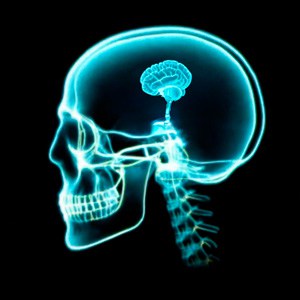
The art of stylish data filling
The multiple imputation by chained equations (MICE) technique is based on a predictive algorithm that iteratively imputes missing data for a variable based on the values present in the other variables of the dataset. To do this, it is important to ensure that the presence of the missing data does not depend on the variable itself but rather is due to chance or its relationship with other variables.




